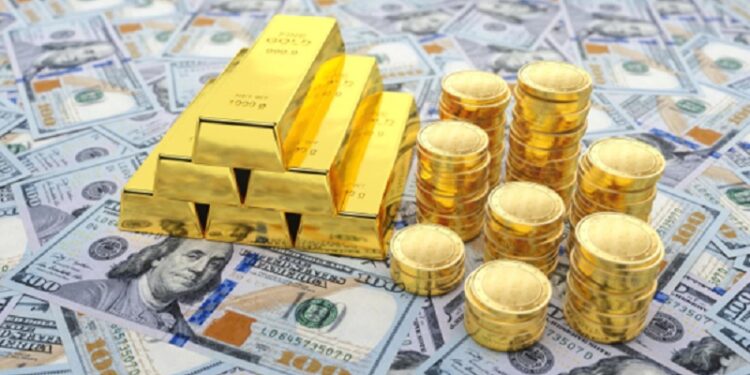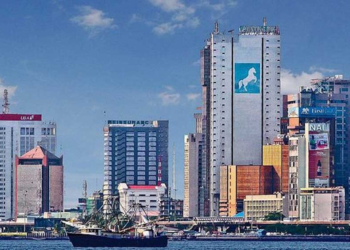Gold prices could potentially surge to $3,000 per ounce, while oil prices could reach $100 per barrel within the next 12 to 18 months, according to analysts at Citi. Aakash Doshi, Citi’s North America head of commodities research, outlined three possible catalysts for these price increases.
Firstly, a rapid acceleration of de-dollarization across Emerging Markets central banks could lead to a crisis of confidence in the U.S. dollar, prompting central banks to sharply increase their purchases of gold. This scenario, if realized, could double central bank gold purchases and challenge jewelry consumption as the primary driver of gold demand.
Secondly, a deep global recession could prompt the U.S. Federal Reserve to cut interest rates rapidly, making gold more appealing compared to fixed-income assets such as bonds. The inverse relationship between interest rates and gold prices could lead to a significant increase in gold prices if rates are cut to 1% or lower.
Lastly, stagflation, characterized by increasing inflation, slowing economic growth, and rising unemployment, could also drive investors towards safe-haven assets like gold. While this scenario is considered to have a low probability, gold tends to perform well in periods of economic uncertainty.
Despite these potential catalysts, Citi maintains a base case for gold prices at $2,150 in the second half of 2024, with an average price slightly above $2,000 in the first half of the year. However, Doshi added that a new record high could be reached towards the end of 2024.
In addition to gold, Citi also highlighted the possibility of oil prices reaching $100 per barrel again. Catalysts for this include higher geopolitical risks, deeper cuts by OPEC+, and supply disruptions from key oil-producing regions. While the ongoing Israel-Hamas war has not significantly impacted oil production or exports, further escalation could pose risks to major oil-producing countries in the region, such as Iraq.











